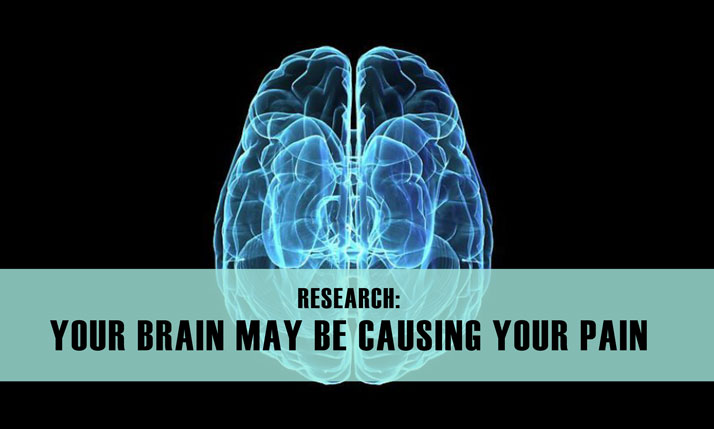Full Research Article: http://www.ncbi.nlm.nih.gov/pmc/articles/PMC4331171/
One of the most common reasons people seek care at our office is chronic musculoskeletal pain.
More often than not, they have been around the block. The physical therapist said it’s muscle imbalance; The chiropractor said it’s bone misalignment; The massage therapist said it’s tight muscles; The general practitioner said everything looked fine, and take this pill.
Still, the patients have chronic pain.
The traditional healthcare model is stuck in a structural pathology paradigm
Healthcare providers who treat musculoskeletal problems are trained to understand human STRUCTURES—bones, joints, ligaments, muscles, and fascia—NOT human neurology.
A structural problem, such as a fracture, a tear, and a bone spur, is easy to identify and easy to comprehend… but not always the cause of pain, especially in the case of chronic pain.
The structural-pathology paradigm fails to explain why diagnostic findings match up poorly with people’s pain and dysfunction. It also fails to explain why pain persists in some individuals, when the tissues had already healed.
Pain is a neurological phenomenon
By definition, pain is an unpleasant sensory and emotional experience associated with actual or potential tissue damage.
What that really means is that pain is an experience that can happen without structural damage. In this case, understanding human neurology becomes imperative in dealing with chronic pain clinically.
We now know that, BOTH the central and peripheral nervous system play an important role in facilitating pain. This article focuses only on the central mechanism.
What happened to the brains of those who are chronically in pain?
-
More sensitive to pain
What may seem like a benign stimulus to others can be painful to those suffering from chronic musculoskeletal pain. This is called central sensitization.
-
Sensory processing issues
Chronic neck pain, back pain, wrist pain, knee pain and tendinitis can change how the brain processes sensory information for the worse. The brain processes sensation slower, locates it incorrectly, and loses its accuracy in identifying some sensations.
-
Motor control issues
When pain changes areas of the brain that deal with sensation, spatial orientation and motor control, it also affects how well the brain controls the muscles. It is well known that the brain loses proper activation of the deep spinal stabilizers in chronic low back pain patients.
-
Blurry brain map
The part of the brain representing the body part that is in pain literally shrinks, and blurs together with adjacent parts of the brain. In short, there is a distortion of body image.
-
Perception and behavioral changes
Significant structural changes are found in brain areas that deal with behaviors and psychological processes. These changes result in a vicious cycle where pain, behavioral changes, and fear-avoidance feed off one another and eventually lead to disability.
Take Home Message
-
Central sensitization is reversible.
-
Surgeries are not the best option for those who are hypersensitive to pain.
-
Distortion of body image found in chronic low back pain and carpel tunnel patients is also associated with more severe pain conditions, such as phantom limb pain and complex regional pain syndrome.
-
Specific exercises can normalize brain activation of low back muscles, while walking is not beneficial.
-
Repetitive unskilled exercises do nothing to rehab the brain.
-
Rehabilitation for both the brain and the body may improve treatment success.
About the Author
Dr. Lily Semrow is a Board Certified Chiropractic Neurologist who focuses on Neuro-Structural Correction. She has a B.S. in Nutrition and a doctorate in Chiropractic. She has a passion for serving families, and helping people who could not get better through traditional and alternative means.

